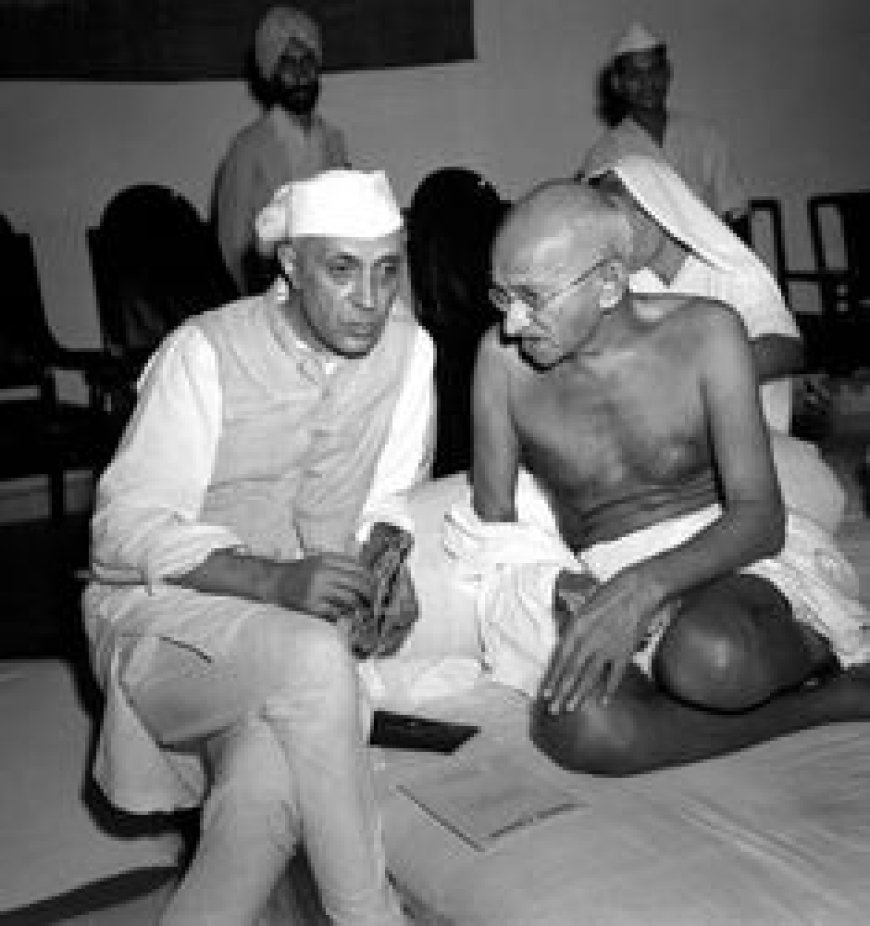How did Mahatma Gandhi and Jawaharlal Nehru set the precedent for incorporating patriotic songs, national symbols, and flag hoisting as integral components of Independence Day celebrations?
Shaping Independence Day Celebrations: Gandhi and Nehru's Enduring Influence

Introduction:
Mahatma Gandhi and Jawaharlal Nehru, two excessive figures in India's struggle for liberty, gambled pivotal parts in forming the folklores and characters associated with Independence Day festivals. Their visionary guidance and assurance to the country with its own government's ethics laid the basis for including devoted verses, national characters, and flag hoisting as basic elements concerning this important day.
Patriotic Songs:
One of ultimate lasting legacies of Gandhi and Nehru was their importance on the capacity of music and expressive to encourage and combine common people. During the immunity movement, two together officers acknowledged the potential of devoted songs to stimulate forceful sympathy and implant a sense of ethnic pride. Gandhi's advocacy for shared unity and wholeness raise verbalization in the selection of arias that surpassed semantic and enlightening barriers. This practice designed the organization for combining devoted arias into Independence Day celebrations. These ballads not only supported the essence of privilege but also promoted a joint sense of similarity between various communities.
National Symbols:

Gandhi and Nehru assumed the meaning of able to be seen with eyes letters in rallying public about a prevailing cause. The endorsement of domestic symbols like the tricolor flag and the machine for spinning yarn (charkha) as likenesses of the country with its own government's struggle and hopes became symbolic of their guidance. The tricolor flag, accompanying allure sunny color, white, and green strips, symbolized the wholeness of various breedings, while the charkha became a powerful character of independence and financial liberty. These symbols raise their place in early Independence Day festivals, serve as a notice of the values for that the country with its own government endured.
Flag Hoisting:
Flag hoisting on Independence Day is a entertained folklore that has its ancestries in the law furthered by Gandhi and Nehru. Gandhi viewed the flag as a symbol of civil domination and wholeness, stressing that it concede possibility be made apiece public themselves, augmenting the plan of independence. Nehru, in his legendary "Tryst accompanying Destiny" talk, stressed the significance of the middle of the night time when India reached privilege, that is marked apiece hoisting of the communal flag. This act of lifting the flag dressed as a poignant verbalization of India's recently discovered freedom and domination.
Impact on Independence Day Celebrations:
Gandhi and Nehru's influence on Independence Day festivals is undeniable. Their assistance for pacifism, wholeness, and independence found reverberation in the excerpt of tunes that induced these principles. The inclusion of ethnic letters like the flag and the charkha additional coatings of symbolism that widespread further absolute typology. The act of flag hoisting enhanced a solemn still honorific importance that apparent the culmination of age of struggle and sacrifice.
Conclusion:
The inheritance of Mahatma Gandhi and Jawaharlal Nehru in forming Independence Day festivals is a tribute to their visionary leadership and deep understanding of the part of typology and custom in a country with its own government's identity. By combining devoted tunes, nationwide letters, and flag hoisting as integral parts of Independence Day, they guaranteed that today would not only honor freedom but too symbolize a determined notice of the principles and aspirations that delineate the country with its own government. Their lasting gifts continue to stimulate production and create each Independence Day a bitter reflection of India's journey towards appropriate a sovereign, combined, and independent country with its own government.































































